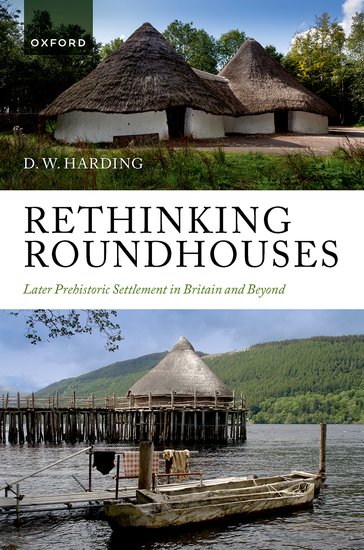
Later Prehistoric Settlement in Britain and Beyond

Later Prehistoric Settlement in Britain and Beyond

Of all structural or material remains from later British prehistory, roundhouses are probably the most archetypical, with a great range of regional variants in terms of ground plans and structural materials used.
Levertijd: 5 tot 10 werkdagen
Excavated plans of roundhouses may compound multiple episodes of activity, design, construction, occupation, repair, and closure, reflecting successive stages of a building's biography. What does not survive archaeologically, through use of materials or methods that leave no tangible trace, may be as important for reconstruction as what does survive, and can only be inferred from context or comparative evidence. The great diversity in structural components suggests a greater diversity of superstructure than was implied by the classic Wessex roundhouses, including split-level roofs and penannular ridge roofs. Among the stone-built houses of the Atlantic north and west there likewise appears to have been a range of regional and chronological variants in the radial roundhouse series, and probably within the monumental Atlantic roundhouses too.
Important though recognition of structural variants may be, morphological classification should not be allowed to override the social use of space for which the buildings were designed, whether their structural footprint was round or rectangular. Atlantic roundhouses reveal an important division between central space and peripheral space, and a similar division may be inferred for lowland timber roundhouses, where the surviving evidence is more ephemeral. Some larger houses were evidently byre-houses or barn houses, some with upper or mezzanine floor levels, in which livestock might be brought in or agricultural produce stored. Such 'great houses' doubtless served community needs beyond those of the resident extended family.
The massively-increased scale of development-led excavations of recent years has resulted in an increased database that enables evaluation of individual sites in a wider landscape environment than was previously possible. Circumstances of recovery and recording in commercially-driven excavations, however, are not always compatible with research objectives, and the undoubted improvements in standards of environmental investigation are sometimes offset by shortcomings in the publication of basic structural or stratigraphic detail.